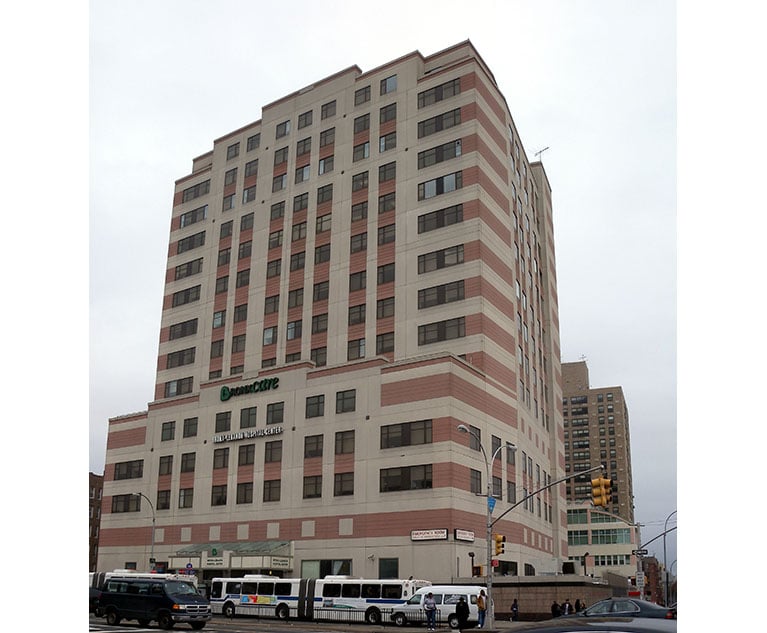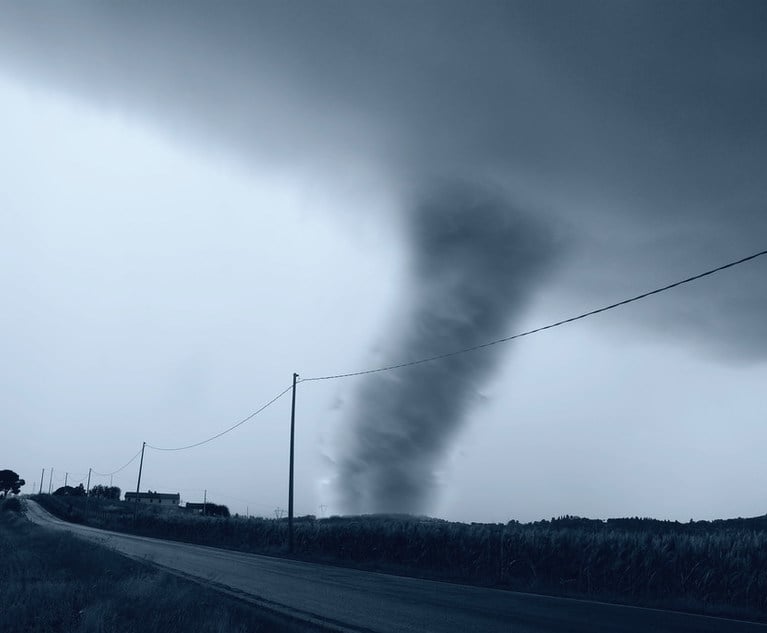With layoffs and lower sales volume decreasing demand forinsurance coverage, the recession continues to deeply depressrenewal rates for property and casualty insurance programs,according to the most recent RIMS Benchmark Survey.
|The survey, administered by Advisen Ltd. on behalf of the Riskand Insurance Management Society, tracks changes in insurancepolicy renewal prices as reported by North American corporate riskmanagers.
|According to the survey, commercial insurance buyers arebenefitting from low prices due in part to the global economicrecession, which has suppressed demand for insurance capacity,prompting underwriters to compete for diminishing premiumdollars.
|“It's a buyers' market. It shouldn't be, but it is,” DaveBradford, Advisen executive vice president and editor in chief ofthe survey, told National Underwriter. “It doesn't looklike it's going to change any time in the near future.”
|However, he said the soft market is definitely bottoming out atthis point, particularly in terms of rate decreases as opposed topremium decreases. “It's getting toward the bottom of the market.It just hasn't started to rebound yet.”
|He observed that although there may be price hikes in 2010, theywon't be sudden, but gradual, “when things will start to inch backup.”
|The exception, he said, would be if a large catastrophe hits,which “changes everything, of course. The market could go veryhard, very quickly.”
|Mr. Bradford added that a benefit to risk managers is that therecession is “tamping down demand for insurance, which is keepingthe pressure on underwriters to keep prices down.”
|However, as the economy begins to improve, he added, “that willchange somewhat–demand will start to increase. But by all thefinancial forecasts, sales and payrolls probably won't improve verymuch in 2010.”
|He noted that demand for coverage has decreased as companieshave gone out of business, closed facilities, laid off employees orseen their sales drop. “Any general liability premium will becalculated on sales–those could be lower,” he said.
|While insurers have bounced back from a bad first quarter,“their results are still pretty grim,” Mr. Bradford said in astatement. “Carriers are posting underwriting losses, but in thisrecession, they have found it nearly impossible to push throughrate increases except in a few especially distressed areas.”
|“It's still a buyers' market, and it looks as if it may staythat way for awhile,” agreed Daniel H. Kugler, a member of the RIMSboard of directors and assistant treasurer, risk management, atSnap-on Inc. “Under normal circumstances, premiums should be risingby now.”
|On individual lines of business, the survey found:
|o Property insurance policies renewed in thethird quarter with essentially no change in average premium.
|o Directors and officers liability policiesalso renewed with no change in average premium, though the D&Omarket remains divided between the financial institution segment(which was pummeled by the subprime mortgage market meltdown andhas seen premiums rise) versus the rest of the market (which stillis seeing premiums drift lower).
|o General liability rates on average fell 3.7percent.
|o Workers' compensation rates were down 4.5percent.
|Contributing to lower general liability and workers' compaverage premiums were declining sales and payrolls, which are usedto calculate premiums, Advisen noted.
Want to continue reading?
Become a Free PropertyCasualty360 Digital Reader
Your access to unlimited PropertyCasualty360 content isn’t changing.
Once you are an ALM digital member, you’ll receive:
- All PropertyCasualty360.com news coverage, best practices, and in-depth analysis.
- Educational webcasts, resources from industry leaders, and informative newsletters.
- Other award-winning websites including BenefitsPRO.com and ThinkAdvisor.com.
Already have an account? Sign In
© 2024 ALM Global, LLC, All Rights Reserved. Request academic re-use from www.copyright.com. All other uses, submit a request to [email protected]. For more information visit Asset & Logo Licensing.








